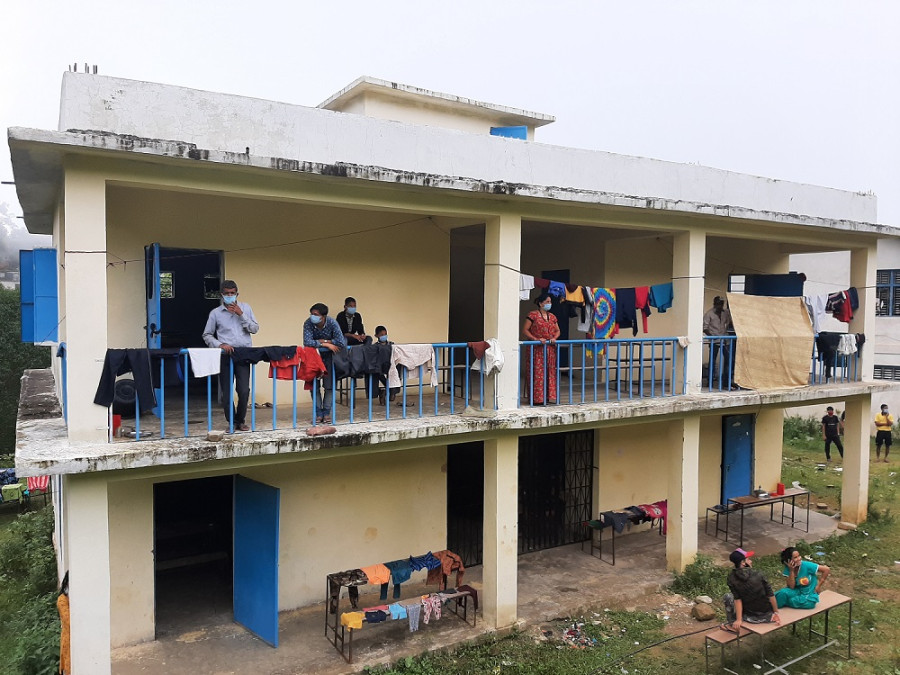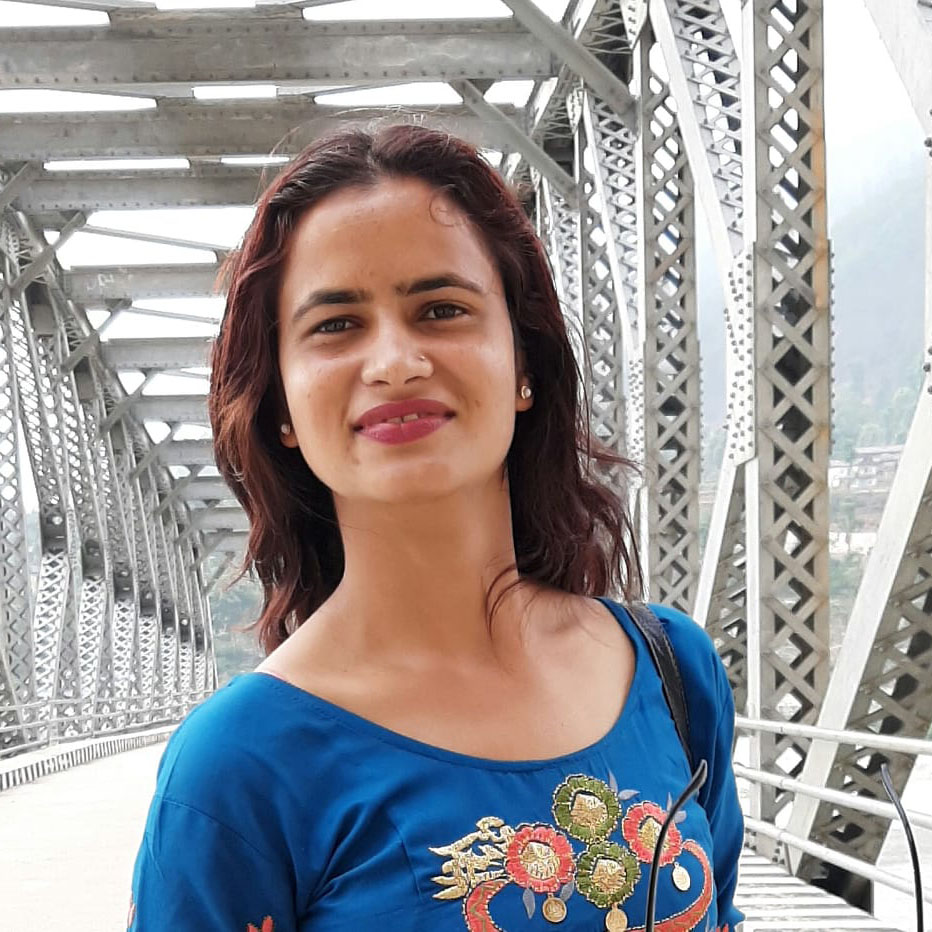Sudurpaschim Province
Quarantine facilities in Achham start filling up again
Around 20,000 Nepalis working in India returned to the district within the first three months of the nationwide lockdown.
Menuka Dhungana
It has only been eight months since Mohan Saud, a resident of Dhakari Rural Municipality-4 in Achham, left for Uttar Pradesh in India in search of a job.
The first month of his stay in Uttar Pradesh was spent looking for work. He finally got a job at a hotel a month later but the hotel soon closed down, as India went under a lockdown following the Covid-19 pandemic, leaving Saud without any work or money.
Amid the nationwide lockdown in both Nepal and India, many Nepali migrant workers returned home by hiring vehicles. But for Saud and his family, who could barely make their ends meet amid the pandemic, spending a large sum of money to return home was out of the question.
“I had left for India with my wife and two children. Whatever money we had taken with us was spent on food and renting a place to stay,” he said. “We couldn’t hire a vehicle to come home and public transportation was not available.”
It’s been a week since Saud and his family returned to their home in Achham.
“I asked for money from my relatives in Dhakari and finally managed to return home with my wife and children,” he said.
Mahajit Bista from Mangalsain, who worked at a hotel in Lucknow, India, says there are still many Nepali workers stranded in Indian cities who want to come home but don’t have the means to.
“A majority of Nepalis work at local hotels and restaurants in India. When all businesses closed due to the lockdown, many Nepali workers lost their jobs,” Bista said. “I somehow managed to come home but there are still many Nepalis who are stranded and don't even have the transport fare to return to Nepal.”
Another recent returnee from Mangalsain, Lokesh Sodari said he decided to return home, as Nepalis in India are being treated badly amidst the pandemic.
“No hospitals and isolation centres in India have taken care of Nepali workers. In such a situation, we thought it would be best if we returned to our country, despite the difficult journey home,” Sodari said.
According to the data of the then District Development Committee in Achham, around 30,000 to 40,000 people from Achham work in India. Among them, around 20,000 workers returned to the district within the first three months of the nationwide lockdown.
Nara Bahadur Kunwar, chief at the District Coordination Committee, said around 7,000 returnees to Achham are facing problems providing for themselves and their families for a lack of work.
“Right now, we are more focused on controlling the spread of coronavirus,” Kunwar said. “We plan to discuss with the concerned local unit chiefs and other stakeholders on ways to help recent returnees.”
Since the nationwide lockdown was lifted, many more migrant workers are returning home by the day. Most of the quarantine facilities in Achham have begun filling up again, said Dev Joshi, information officer at the District Health Office in Achham.
“Quarantine facilities were almost empty two weeks ago. But since the lockdown was lifted, the number of returnees to the district has started to rise by the day,” Joshi said. “As of Saturday, 956 individuals are staying in various quarantine facilities in Achham. We expect this number to rise in the coming days.”
According to Joshi, health workers collect swab samples of all returnees after the seventh day of their quarantine stay for PCR testing.
Most recent returnees like Saud are currently staying in quarantine facilities set up by local units while some have been asked to quarantine at home.
According to Joshi, Achham had 228 quarantine facilities across its local units during the lockdown. Currently, there are only 71 quarantine facilities, as the government directed all local units to vacate the school buildings used as quarantine centres.
The federal government on July 30 took a decision not to use school buildings as quarantine facilities. Only three local units in Achham have set quarantine facilities in public buildings for returnees.
“We had to remove most of the quarantine facilities in our local unit after the government decided not to use school buildings as quarantine centres,” said Maya Kunwar, vice chairperson at Chaurpati Rural Municipality.




 14.12°C Kathmandu
14.12°C Kathmandu











